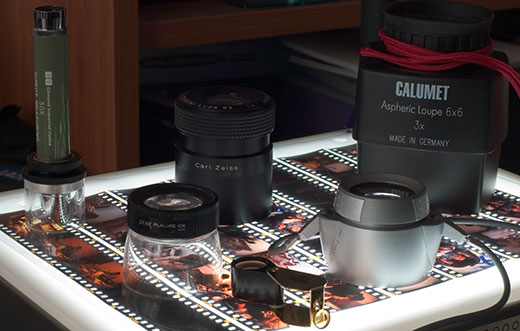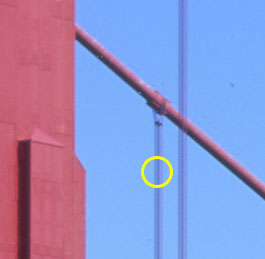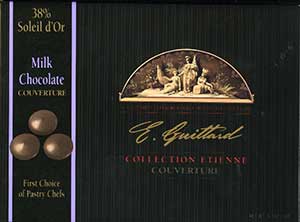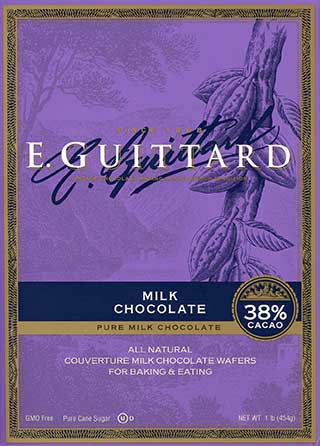The Malazan Book of the Fallen
Steven Erikson
Bantam Press (UK), ISBN 0553812173/0765310015, 0553813110, 0553813129, 0553813137, 0593046285, Publisher, Buy online: Gardens of the Moon Deadhouse Gates, Memories of Ice, House of Chains, Midnight Tides, The Bonehunters, Reaper’s Gale, Toll the Hounds, Dust of Dreams, The Crippled God
Fantasy, like Science Fiction, is a genre that gets scant respect, in spite of (and perhaps due to) its popular appeal. Literary critics require the turgid prose of a James Joyce or T.S. Eliot to feel a smug sense of superiority over the unwashed masses unable to appreciate pedantry for its own sake. It is true many fantasy novels are serialized hack work designed to be sold by the pound, but the better specimens of the genre are worthwhile reads, beginning with The Lord of the Rings, the book that started the modern phenomenon.
The problem with The Lord of the Rings is that it casts too wide a shadow, and the inevitable comparisons do not do justice to later authors’ originality. One of the weaknesses in the LOTR is its reactionary social value system. Not surprisingly, an Oxford don like Tolkien did not break from the mental shackles of the English class system, still enduring today and much stronger in the early twentieth century. The books show strong dislike of people daring to rise beyond their station, and an uncritical approbation of monarchy.
Many authors have strived to portray grittily realistic worlds that eschew the simplistic good-versus-evil morality plays so beloved of religious fanatics and political extremists worldwide. It is important to note that this moral ambivalence, or more precisely the refusal to make hasty judgments on morality, is not a recent phenomenon. The Tale of Gilgamesh is the first epic, written five thousand years ago in ancient Sumeria, and the eponymous hero is depicted in the beginning of the tale as a tyrant. Among these non-manichean works, Stephen Donaldson’s Chronicles of Thomas Covenant, Unbeliever and Glen Cook’s Black Company stand out. To these major works, we must now add Steven Erikson’s Malazan Book of the Fallen.
This relatively recent series (one installment per year, 10 planned) is not yet famous in the United States. At the end of the Second World War, British and American publishers came to a non-compete agreement dividing the English-speaking world in respective turfs. Steven Erikson is a Canadian living in the United Kingdom. Five of the books in the Malazan series have already been published in the British publishers’ traditional market, when the first one only now reached American bookstores. He is not the only author to suffer these delays, Iain M. Banks excellent Science Fiction and other novels also take several years to cross the Atlantic — but not J. K. Rowling’s Harry Potter series, as sheer demand would probably cause parallel imports to overwhelm the tottering system. In the era of global e-commerce, it is easy to get around these anti-competitive measures, by ordering from Canada, at the cost of higher shipping fees (shipping from Amazon UK is prohibitively expensive). Amazon Canada and Chapters are good sources.
The Malazan Book of the Fallen chronicles the legions of the Malazan Empire, strongly reminiscent of the Roman Empire, in a world ruled by magic and where mortals routinely ascend to divinity, and conversely, where gods are routinely killed or enslaved. This is not without precedent in world mythology, indeed it is very similar to the beliefs of the Greeks. The Malazans soldier on against impossible odds in their efforts to establish good government in the place of squabbling feudalists, to the backdrop of cosmic struggles spanning hundreds of millennia. Only their discipline, adaptability, dogged tenacity and judicious use of sappers allows them to save the day (though with grievous losses). This is a conceit, of course, albeit a common one in Fantasy — every historical army eventually conformed to Brien’s First Law and outstripped its ability to succeed in spite of itself. The supposed benevolence of Malazan Imperial administration would also be a historical first – no empire in history has ever been truly benign. One has only to read Polybius, Flavius Josephus, or Cicero’s Verrines to realize just how rapacious and murderous the Roman Empire really was. The Mongol Empire was noted for its ghastly invention of pyramids of skulls. The British Empire perfected moral hypocrisy, genocide, continent-scale drug dealing and invented the concentration/extermination camp.
Fantasy can be seen as an exercise in speculative metaphysics, and any metaphysics that allows for magic implicitly subscribes to some form of Idealism at its core, but only Borges, a great admirer of Schopenhauer, has truly approached it this way. In the real world, Idealism has led to unspeakable acts of mass murder through its offsprings Marxism-Leninism and Nazism (interestingly, Schopenhauer, possibly influenced by Buddhism, predicted that Idealism would transform good intentions into evil deeds). Is there any reason to suppose an universe that has Idealism as its very essence, not merely the conjecture of philosophers, would escape the same consequences? Indeed, Erikson’s universe has seen its share of genocides, some ongoing. Erikson trained and practiced as an archaeologist, not a philosopher, and while he occasionally stumbles upon the idea that negation of magic would be a major ethical imperative (most noticeably in his invention of the Azath, a force that binds and neutralizes strong foci of magical power, and Otataral, a magic-negating ore resulting from reaction to the cataclysmic unleashing of magic), he does not (yet) make the most of it.
Glen Cook’s influence is clearly visible, and is acknowledged by the author, although Erikson’s world is much vaster in scope and richly developed than Cook’s. The soldier-historian Duiker is clearly modeled on Black Company annalist (and later Captain) Croaker. The rough banter and grumbling of the Malazan legions would not feel out of place in a Black Company mess hall. The backdrop to the Malazan series, including the machinations of the gods and elder races, distinguishes it from the Black Company. Many of the most notable characters penned by Erikson are drawn from this back story and its criss-crossing story lines. It is hard to forget the warrior-mage-dragon Anomander Rake, leading his dying race in an effort to shake it from terminal ennui, or the cocky prehistoric T’lan Imass warriors who pledged themselves to an undead crusade against would-be tyrants.
The first four volumes in the series alternate two story lines, that of the beleaguered Malazan expeditionary force on the far-flung continent of Genabackis, and a brewing rebellion modeled on the Indian war of Independence of 1857 (sometimes incorrectly referred to as the “Sepoy Mutiny” by British Empire apologists). The fifth volume marks a break in continuity and tone. In some respects, notably the intrigues and market manipulations of financial mastermind Tehol Beddict, it reaches almost Pratchett-esque levels of comedy. A common trait with Fantasy series is that inspiration tends to flag with time and latter volumes are pale shadows of the originals. This is particularly flagrant with Robert Jordan’s Wheel of Time where basically nothing happens in over a thousand pages of the last volume. In comparison, the Malazan Book of the Fallen is very densely written. Little space is wasted on protracted narrative sequences or equivocating characters beyond what is necessary for character development. The action is gripping from cover to cover. All in all, a very promising series that ranks among the finest in the genre.
Update (2005-11-13):
I added links to volumes 2 and 3, now published in the US as well. Also check out some glimpses of the series’ future from Steven Erikson’s recent book tour.


 For a real-world test, I took my
For a real-world test, I took my  I picked up the hardcover edition of this book from the sale bin at
I picked up the hardcover edition of this book from the sale bin at  Ghirardelli is the best-known chocolate maker from San Francisco, but by no means the only one. The Bay Area is very serious about food, and boasts many fine chocolatiers such as
Ghirardelli is the best-known chocolate maker from San Francisco, but by no means the only one. The Bay Area is very serious about food, and boasts many fine chocolatiers such as  I bought a 500g box of their “Soleil d’Or” milk chocolate, packaged as a box of “wafers” (little quarter-sized pieces reminiscent of Droste Pastilles). In this form, it is intended for cooking, but the bite-sized wafers are also perfect for snacking. It has a relatively high cocoa content for milk chocolate (38%, the usual is more like 32%), which gives it a satisfying taste that lingers in the mouth. This chocolate is also well balanced, it does not have the malty harshness of
I bought a 500g box of their “Soleil d’Or” milk chocolate, packaged as a box of “wafers” (little quarter-sized pieces reminiscent of Droste Pastilles). In this form, it is intended for cooking, but the bite-sized wafers are also perfect for snacking. It has a relatively high cocoa content for milk chocolate (38%, the usual is more like 32%), which gives it a satisfying taste that lingers in the mouth. This chocolate is also well balanced, it does not have the malty harshness of